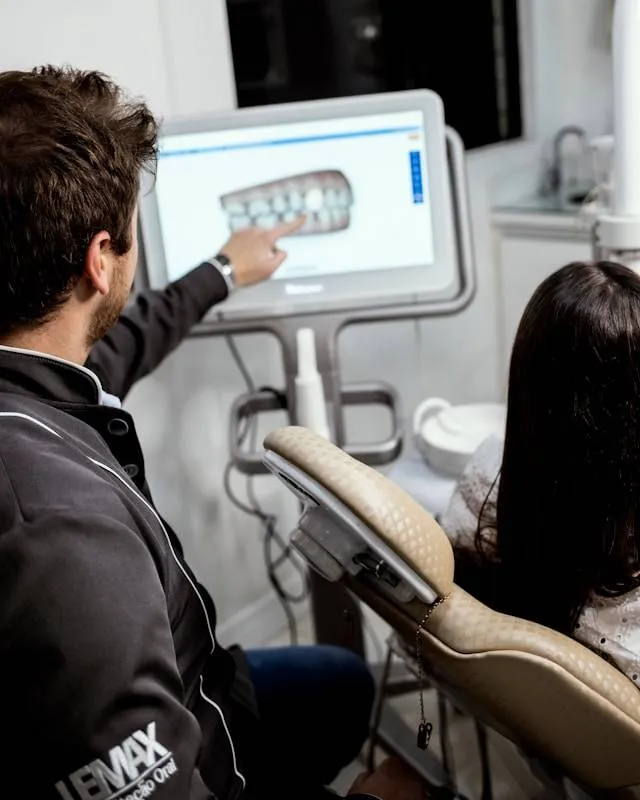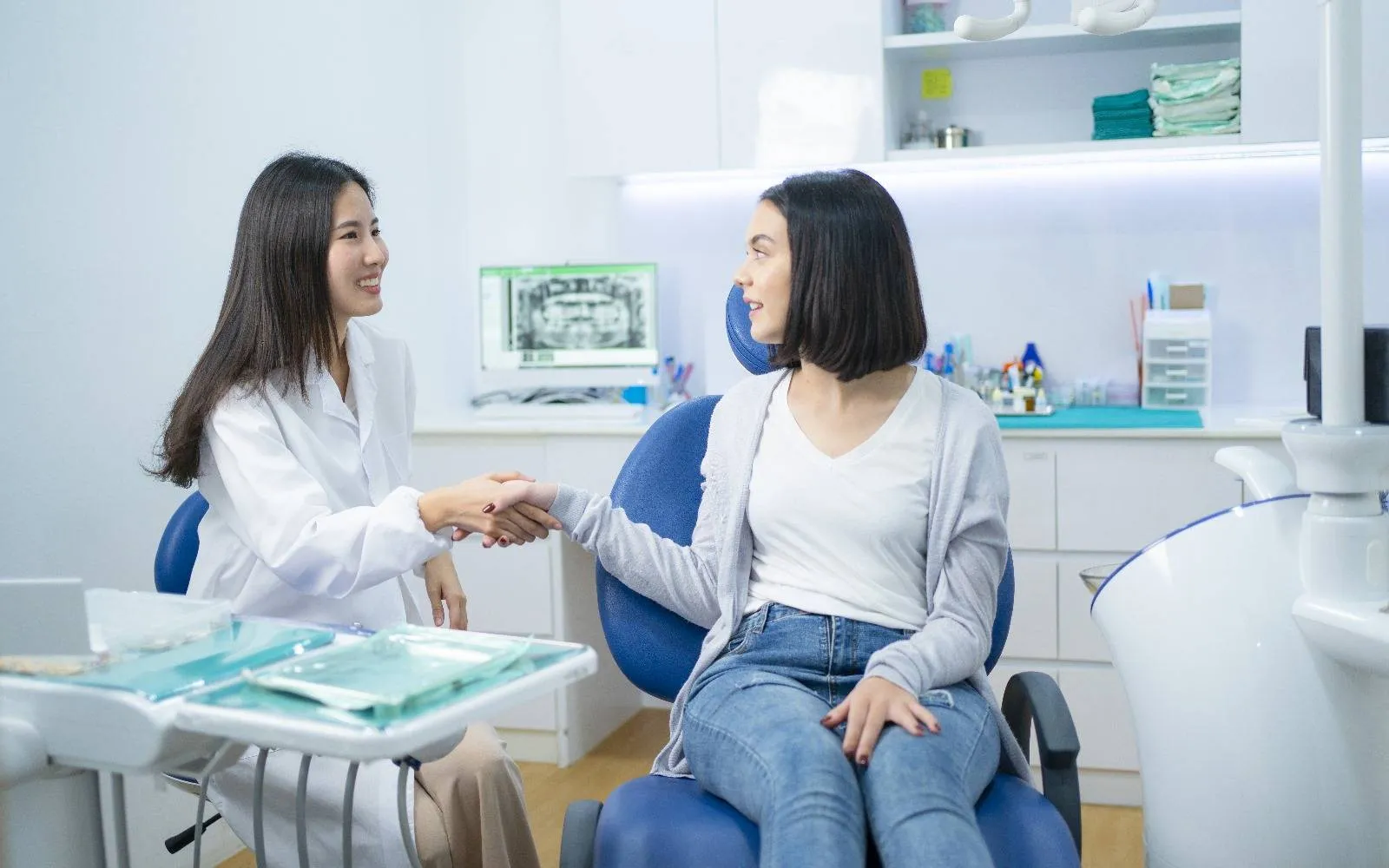1. What is teeth grinding?
Bruxism is characterized by excessive clenching of the jaw, which can occur during the day or at night. It can lead to a variety of problems, including tooth wear, jaw pain, headaches, and earaches. The condition affects millions of people worldwide, of all ages, with a variety of associated problems, including stress, anxiety, temporomandibular joint (TMJ) disorders, and sleep disturbances.
Here we will look at devices and ways to help reduce the harmful effects of teeth grinding.
2. Anti-bruxism devices?
There are a number of appliances available that can help reduce the harmful effects of bruxism. These appliances can help prevent tooth wear, reduce jaw pain, and improve sleep quality. Below are some of the most common appliances used to treat bruxism.
2.1. Mouthguard
Mouthguards are the most common appliances used to treat bruxism. They are custom-fitted devices that are worn over the teeth while you sleep. Mouthguards help protect your teeth from wear and tear caused by grinding. They also help reduce jaw pain, headaches, and improve sleep quality.
2.2. Nightguards
Night guards are similar to mouth guards but are designed to be worn at night. They are made of softer materials than mouth guards and are more comfortable to wear. Night guards help protect your teeth from wear caused by grinding while you sleep.
2.3. Maintenance trough
Retainers are oral appliances worn over the teeth to help prevent tooth wear and reduce jaw pain. They are designed to fit over the upper or lower teeth. Occlusal splints can help maintain the alignment of the teeth and reduce pressure on the jaw joint.
2.4. Biofeedback
Biofeedback is a technique that can be used to help reduce the symptoms of bruxism. It involves using sensors to monitor muscle activity in the jaw and neck. The sensors are connected to a computer, which provides feedback on muscle tension. This feedback can help individuals learn to relax their muscles and reduce the severity of the bruxism.
2.5. Botox
Botox is also a treatment that can be used to reduce the severity of bruxism, which involves injecting small amounts of botulinum toxin into the jaw muscles. This relaxes the muscles and reduces the severity of teeth grinding. Botox is a temporary solution for bruxism and must be repeated every few months.
3. What are the methods to prevent teeth grinding?
Here are some ways to prevent teeth grinding.
3.1. Dental approach
Regular dental checkups are essential for people who grind their teeth. Dentists may recommend wearing a mouth guard or splint at night to prevent damage to the teeth. In severe cases of wear, dentists may recommend a dental lift, which treats the chewing surfaces of the teeth.
3.2. Stress control
Stress and anxiety are often linked to teeth grinding, so stress management techniques such as yoga, meditation, regular exercise or counseling may be helpful.
3.3. Behavioral therapy
This can help individuals change their behaviour. For example, it can help people become aware of their teeth grinding and learn to relax their jaw muscles.
3.4. Physical therapy
Physical therapy includes exercises to improve jaw movement, warm compresses applied to the face to reduce tension, and other techniques to improve temporomandibular joint function.
3.5. Medicines
Sometimes, medications can be used to help treat teeth grinding. These may include muscle relaxants before bed.
3.6. Lifestyle changes
Limiting substances such as caffeine and alcohol – which can increase the severity of bruxism. Avoiding chewing gum can also help, as this can cause your jaw muscles to tighten and increase the likelihood of grinding.
Remember, what works for one person may not work for another.
It is essential to work closely with your dentist to develop a treatment plan tailored to your specific needs. The doctors at Sakura will help you develop the most appropriate anti-bruxism plan.





